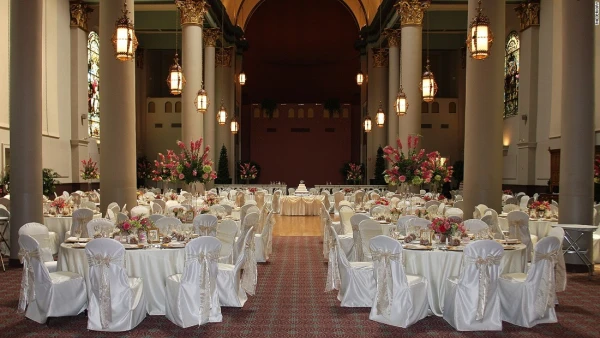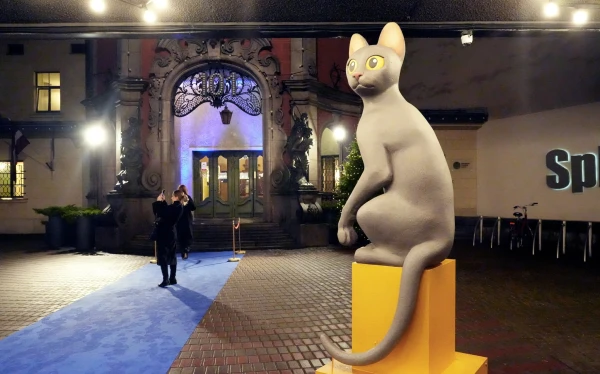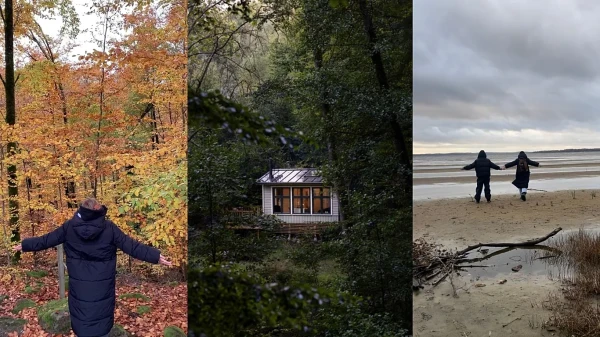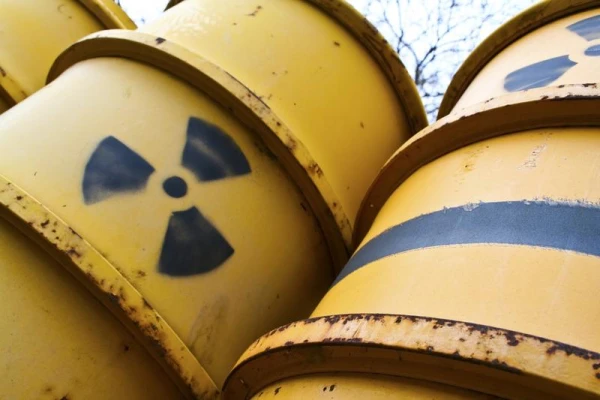
Who is supposed to pay the city tax for a desirable plot in the center?
Every year, hundreds of ancient churches in Europe become empty. The process began in the 19th century when countries started separating church from state. In the 21st century, it has taken on new qualities and accelerated. While in the past, people simply drifted away from faith and stopped attending services, in recent decades, more former Christians have turned to anti-Christianity. Active churches annoy them.
Sacred Burden
Germany, filled with churches, is rich in examples of how the Church is losing its former life. During their religious wars, German Catholic and Protestant communities placed churches in the best locations of reclaimed settlements, built by the finest craftsmen of their time, designed to last for centuries. But when there are no parishioners, the priest becomes merely a custodian of church inventory and a graveyard watchman, and eventually, he dies too. What happens next?
By now, every one of the 45,000 buildings of German cathedrals and churches is closely tied to the history of its locality. It attracts tourists and is surely subject to state protection as a monument of German culture. But if there is neither congregation nor clergy, who will pay the workers to ensure that the roof of the monument does not leak and that the cemetery around it does not become overgrown with weeds? Who is supposed to pay the city tax for a desirable plot in the center, where nothing profitable can be built?
Converts
Some empty churches manage to retain their purpose as places of worship. But for this, they must transition to another denomination. The turbulent changes in the population of Germany make such transitions increasingly accessible. Ideally, an Orthodox cross will appear above the former church, provided there are enough Romanians, Russians, Greeks, Serbs, Bulgarians, or Ukrainian or Aramaic refugees from Syria in the area.
The spiritual authorities of Catholics and Protestants welcome the transitions of their churches to supporters of other Christian denominations. Conversions into mosques or synagogues are also permitted, but they happen rarely, not only due to protests from the local population. It is too complicated and expensive to reconstruct the architecture from the canons of one religion to another.
Exotics
The most challenging question in preserving an empty church is funding. The costs of repairs, renovations, and ongoing maintenance are enormous. But if and when it is possible to combine the funds from the church, the municipality, a private investor, and federal support, then the project must be able to fit within the framework of monument protection laws. Finally, it must gain public recognition; otherwise, activists will suffocate it with demonstrations.
It is all the more surprising what whimsical projects manage to piece together this puzzle, which was once easily solved by a regular community of believers. For instance, in Osnabrück, the Church of the Holy Family was transformed into a columbarium; in Mönchengladbach, St. Peter's Church became a climbing hall; in Cologne, the former Trinity Church was turned into a martial arts school; in Wuppertal, one of the churches became a shelter for single mothers.
Nourishment 2.0
The most common transformations of former places of worship across Western Europe involve the establishment of various cultural centers, libraries, art galleries, and most of all, restaurants and bars within their buildings. At first glance, these are noble uses. Former parishioners gather in buildings that appear majestic, and here... here they are nourished by the ministers of new cults.
If it is now a district library, the parishioner will be offered a set of rainbow LGBT* literature first, ranging from comics and novels about same-sex love to guides on changing one's gender. An art gallery? Here are creations about the beauty of drug-induced visions, the disintegration of consciousness, and the all-conquering power of evil. And if it is a bar, then one can comfortably get drunk in the former church to dissolve consciousness.
Horizons Without Spires
One of the purposes of any church is to strengthen community spirit. Perhaps this is its main purpose for society. The horizons of Germany in the 1920s and 1940s were as densely populated with churches as they are now, but back then, almost everyone in the parish gathered in every church every Sunday. Probably, even without the church, Hitler's propaganda machine could have distorted the consciousness of the German people, but with the church's help, this happened faster, deeper, and more terrifyingly. The Catholic Church especially tried hard. It succeeded in supporting Nazism so much that Gott mit uns on the buckles was perceived by Wehrmacht soldiers as an indulgence from the Holy See for any crimes of that war.
The Germans of the subsequent, "redeeming" generations have not forgotten their pastors' blasphemies. In peaceful years, scandals within the Catholic Church, involving the corruption of parish boys under the celibate's roof, were added to this. In this regard, married Protestant pastors remained sinless, yet they rushed to keep up with the liberal agenda, blessing same-sex marriages and other gender madness. This alienated parishioners from Protestant services, which increasingly resembled LGBT* diversions.
The result is that the communities of Christian denominations, once the glue of the German people, are melting away in Germany faster than glaciers in Greenland. Even faster is the evaporation of community spirit from this people. There is no longer any force capable of stamping Gott mit uns on soldiers' buckles. And with rainbow insignia, no country will have a combat-ready army.















Leave a comment